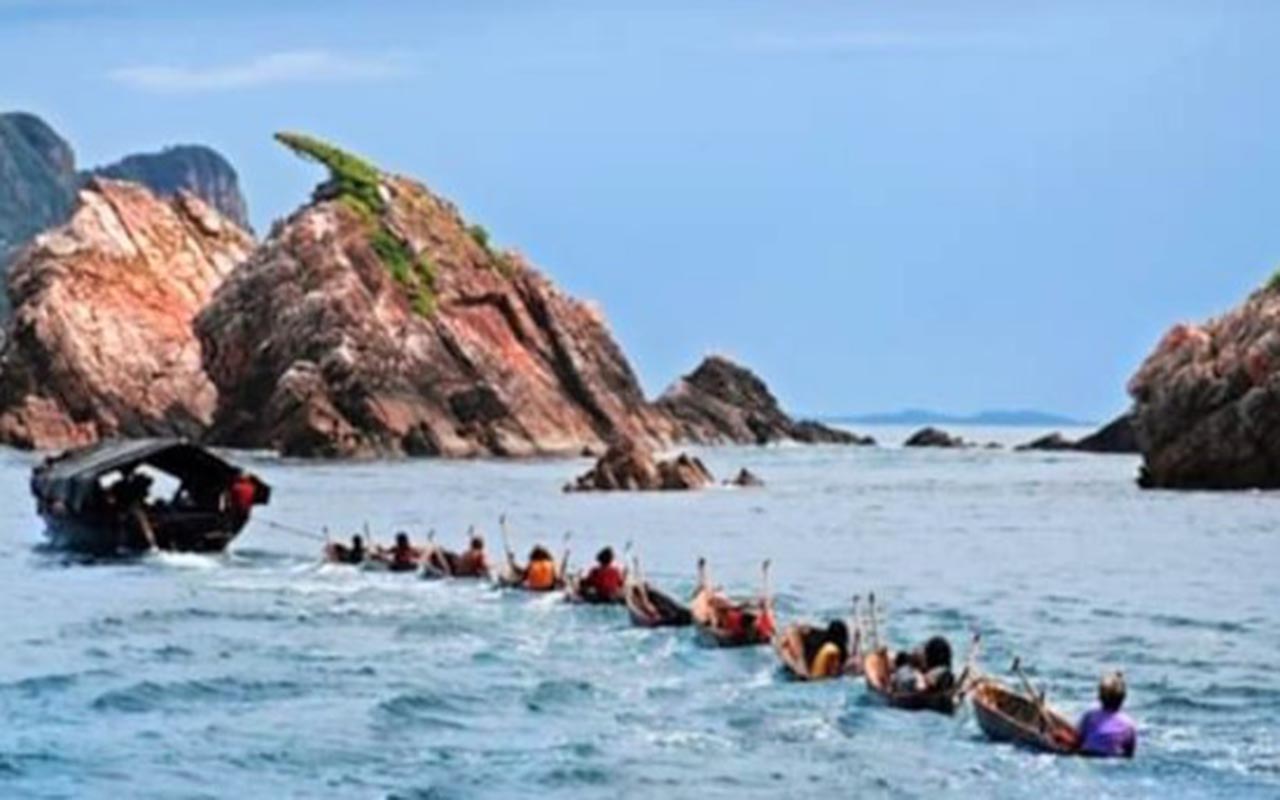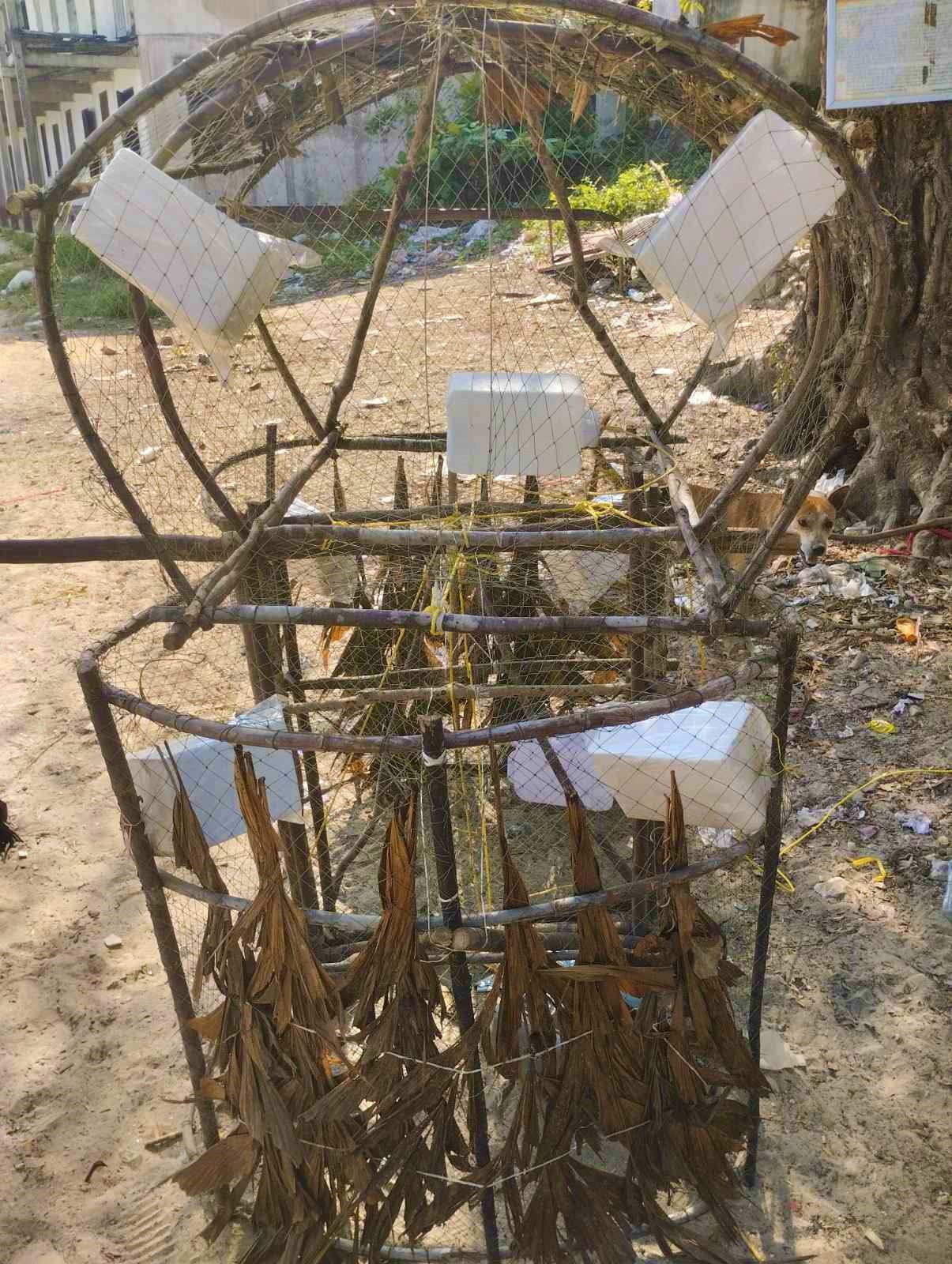LIGHT rain made squid more active in the sea territory of Taninthayi Region, prompting Salon people to go hunt the squid even at night with their Kaban boats. Consequently, the squid fishing businesses thrive at the end of the closed season.
Salon people rely on squid fishing, collecting sea urchins underwater and harvesting barnacle/sea oysters for a living.
Squid catch is quite low in the hot season, yet light rain in post-Thingyan made them active in the seawater. So, the catch has increased.
Salon people mostly hunt squid seawater near Magyogayat village and Lampi Island with the use of Kaban boats. The residents use fake feed as bait to entice them into the bow net installed underwater. Up to two-kilogramme-size squid are even caught. Squid prefers cool weather, so the fishing goes well at that time.
Offshore squid fishing is normally run in the dry season. The trawlers with lights start leaving two days after the full moon. They return to the shore over three weeks later. Most of the squids are exported to China and Thailand after processing with ice.
“The weather transitions from hot to cold have occurred in recent days. Light rain makes the fishing business beneficial. The squid fishing is normally from Thadingyut to Thingyan, and the closed season is during May for those who come and fish from further areas. However, Salon people are mostly in the sea for living except for extreme weather conditions,” said U Tin Aung Moe, the administrator of Magyongalat village.
Offshore squid fishing runs from October to the first week of May. During the late waning days before the new moon, the sea is crowded with the trawlers with light decorations like floating candles during the Thadingyut Festival. Salon people sell squid inshore for a living.
Thitsa (MNA)/KK
#TheGlobalNewLightOfMyanmar


